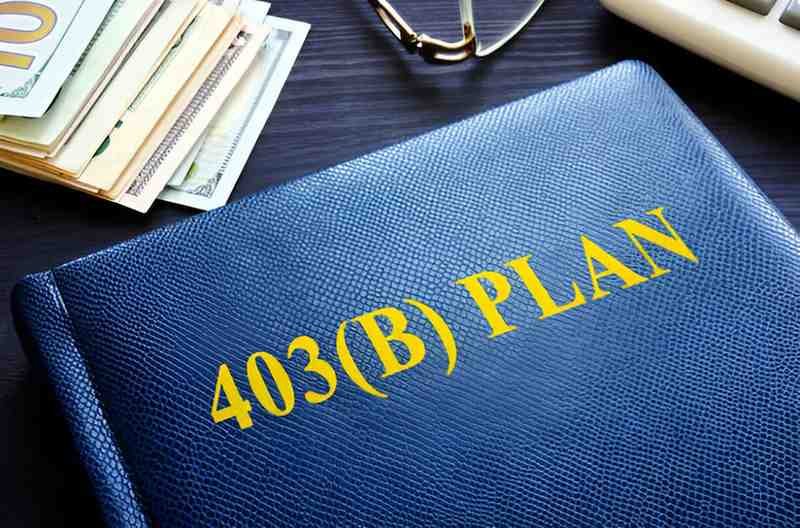As you approach retirement, understanding what happens to your 403(b) mutual fund investments becomes crucial for effective financial planning. Having guided hundreds of educators through this transition, I’ll walk you through exactly what to expect and how to optimize your retirement income from these accounts.
Table of Contents
Your 403(b) Mutual Fund Options at Retirement
When you retire, your 403(b) group mutual fund account gives you several pathways to access your money:
1. Leave the Funds in Your 403(b)
- Continue growing tax-deferred
- Maintain existing investment options
- Required Minimum Distributions (RMDs) begin at age 73 (age 75 if born after 1960)
- Best for: Those who don’t need immediate income
2. Roll Over to an IRA
- Transfer to a Traditional or Roth IRA (tax consequences apply for Roth conversions)
- Gain access to wider investment choices
- More flexible withdrawal options
- Best for: Those wanting more control over investments
3. Begin Systematic Withdrawals
- Set up regular automatic distributions
- Maintain tax-deferred growth on remaining balance
- Can adjust withdrawal amounts as needed
- Best for: Those needing steady retirement income
4. Purchase an Annuity
- Convert account balance to guaranteed lifetime income
- Options include immediate or deferred annuities
- Best for: Those prioritizing income security over growth potential
5. Lump Sum Withdrawal
- Take entire balance in one distribution
- Subject to ordinary income tax in withdrawal year
- Potential 10% penalty if under 59½
- Best for: Rare circumstances only (large medical expenses, etc.)
Required Minimum Distributions (RMDs)
Starting at age 73 (75 if born after 1960), you must take annual RMDs from your 403(b):
RMD = \frac{Account\ Balance}{Life\ Expectancy\ Factor}Example: $500,000 balance at age 75 with a 22.9 life expectancy factor:
RMD = \frac{500,000}{22.9} = \$21,834Tax Considerations
- Traditional 403(b) withdrawals: Taxed as ordinary income
- Roth 403(b) withdrawals: Tax-free if account is 5+ years old and you’re 59½+
- State taxes: Vary by location (some states exempt retirement income)
Investment Strategy in Retirement
Your mutual fund allocation should shift as you enter retirement:
| Asset Class | Pre-Retirement | Early Retirement | Late Retirement |
|---|---|---|---|
| Stocks | 70-80% | 50-60% | 30-40% |
| Bonds | 20-30% | 30-40% | 40-50% |
| Cash | 0-5% | 5-10% | 10-20% |
Withdrawal Rate Strategies
The 4% rule is a common starting point:
- Withdraw 4% of initial balance annually
- Adjust for inflation each year
- Has historically provided 30+ years of income
Example: $750,000 balance → $30,000 first-year withdrawal
Common Mistakes to Avoid
- Taking money out too early (before 59½ without proper planning)
- Ignoring RMDs (50% penalty on missed distributions)
- Overlooking rollover options that could save on fees
- Keeping too aggressive allocation in early retirement
- Not coordinating with other income sources (Social Security, pensions)
Action Plan for Retirement Transition
- 3-5 years before retirement:
- Gradually shift to more conservative allocation
- Estimate retirement expenses and income needs
- Review all account beneficiaries
- At retirement:
- Decide on withdrawal strategy
- Consider partial rollovers to IRAs
- Set up automatic distributions if needed
- Post-retirement:
- Monitor withdrawal rate annually
- Adjust investments as needed
- Stay on top of RMD requirements
Special Considerations for Educators
- Pension coordination: Factor in your state pension when planning withdrawals
- 403(b) to 403(b) transfers: Some districts allow moving funds to new employer’s plan
- TSA (Tax-Sheltered Annuity) accounts: Different rules may apply if you have annuity contracts
Your 403(b) mutual funds don’t disappear at retirement – they transform into your personal pension. With proper planning, these accounts can provide decades of reliable income. The key is starting your transition planning early and making deliberate choices about how and when to access these funds.





